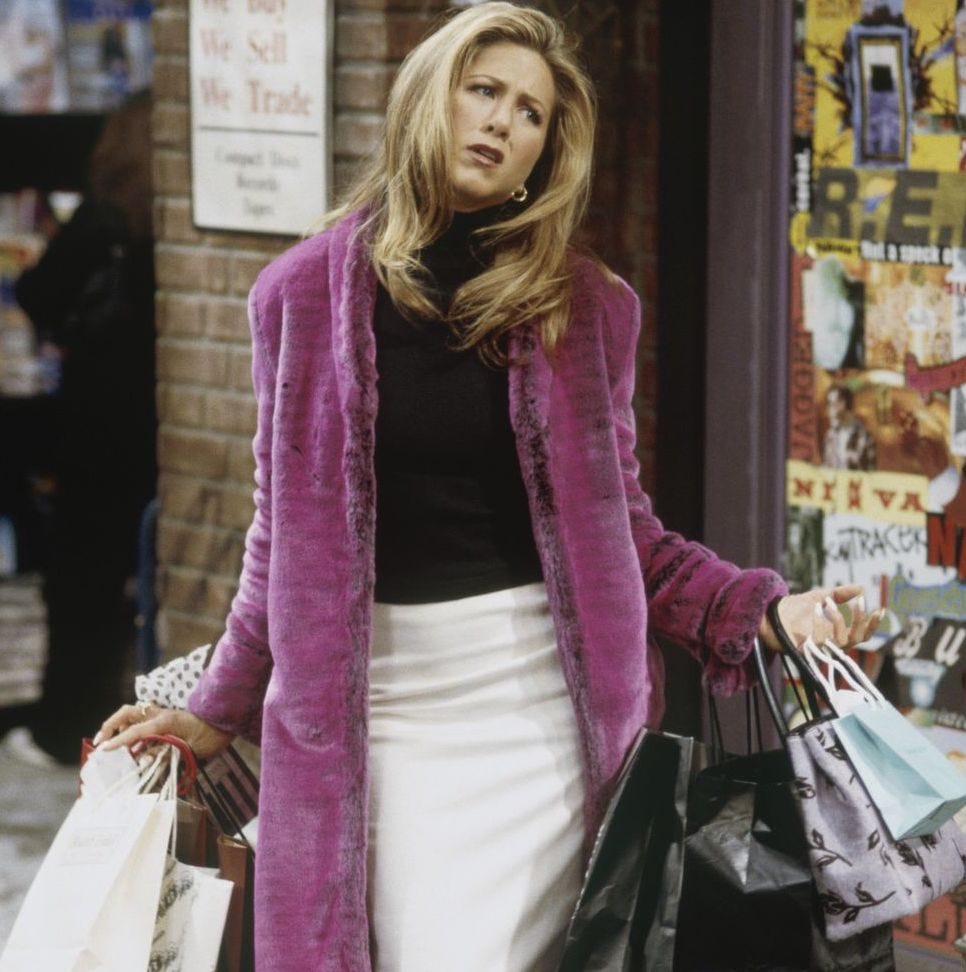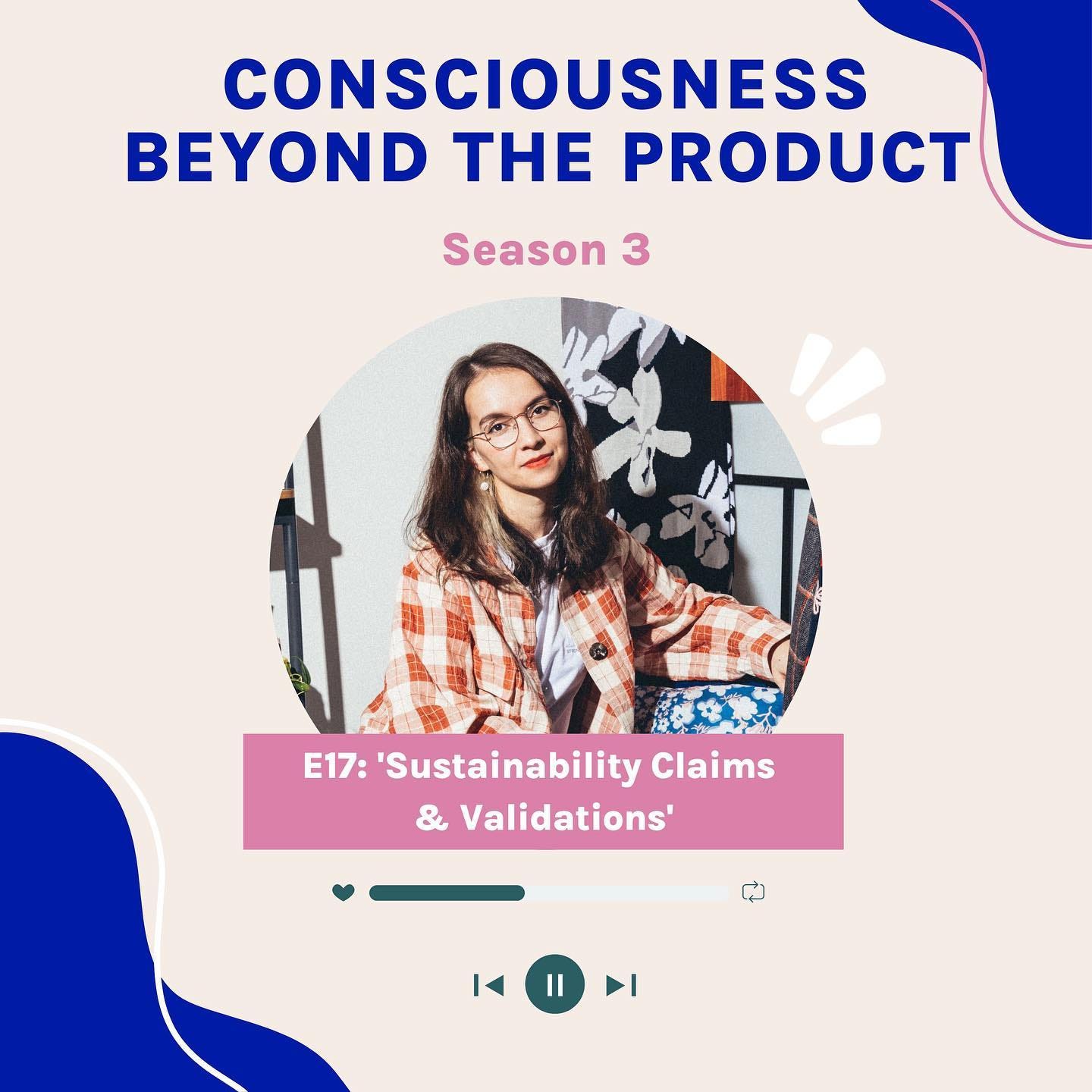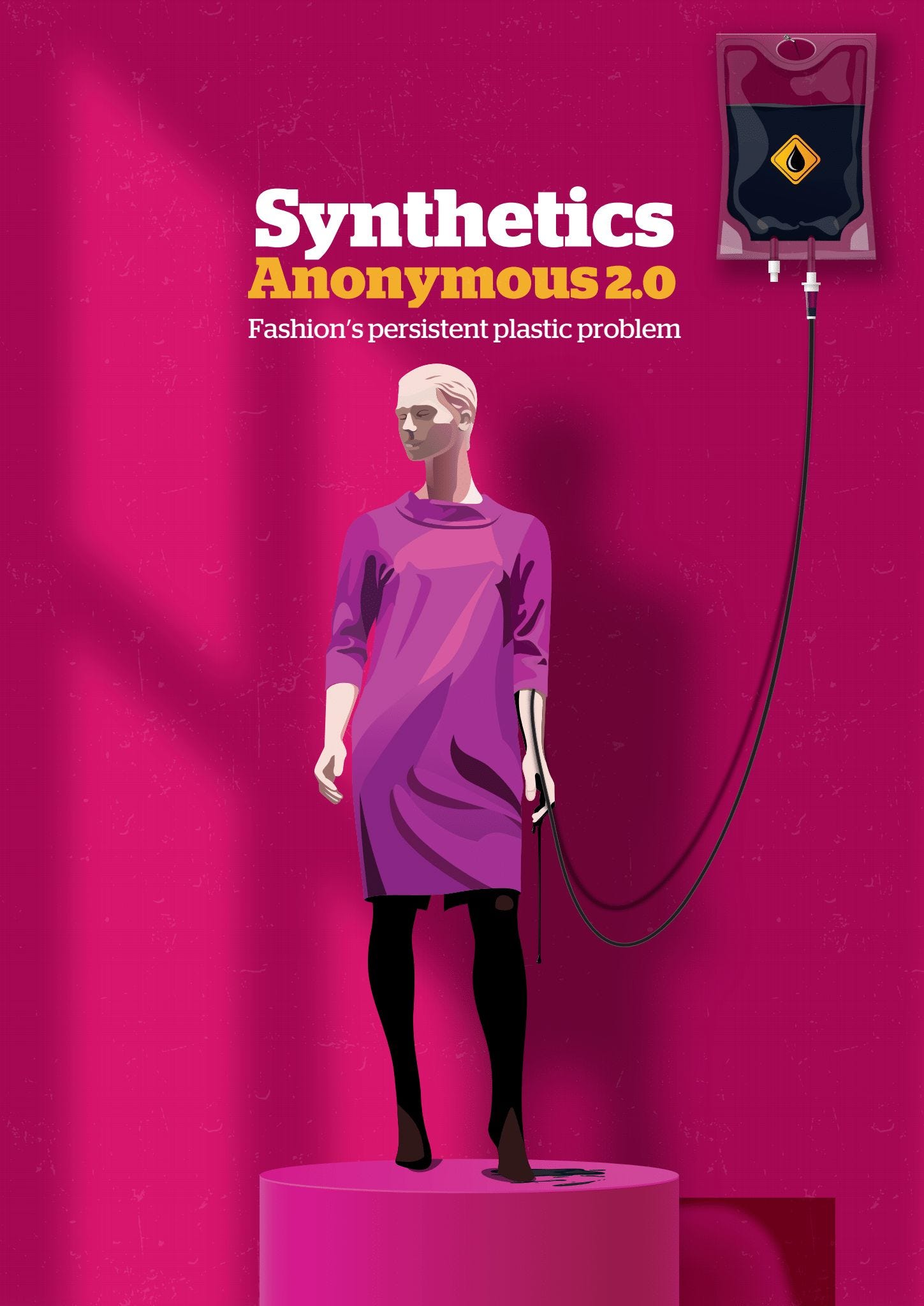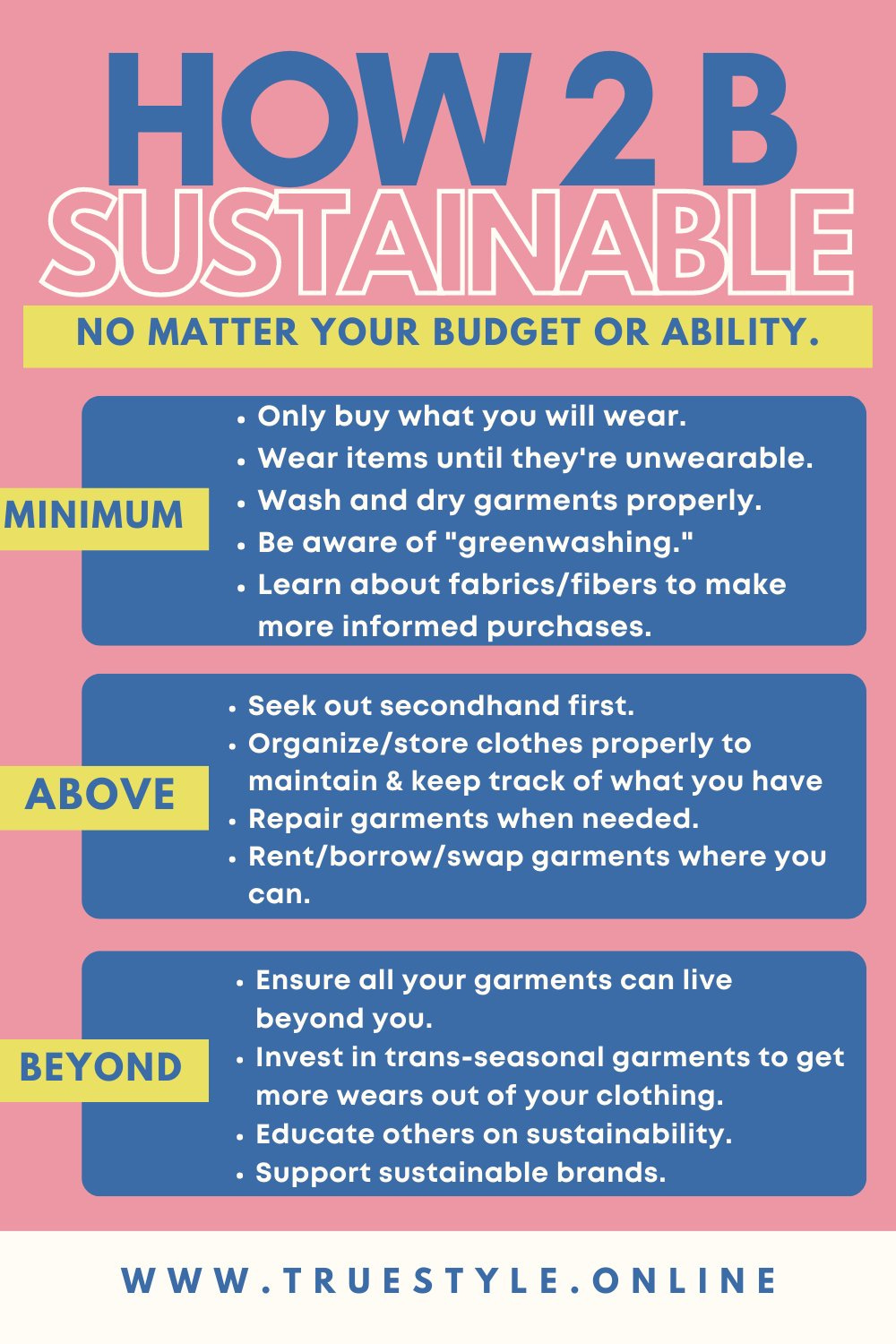December in Fashion, Condensed.
12 fashion industry insiders predict what 2023 has in store for sustainability.
Happy New Year! 2022 was a huge year in the world of sustainable fashion. While I could spend 10k words discussing all the highs and lows of the past year, I wanted to start the new year with something a little different.
I approached fashion experts from a range of sectors — design, styling, journalism, advocacy and psychology among them — to share with me their predictions for 2023. What I received back was a fascinating insight into the direction we’re heading.
Patrick McDowell, founder of sustainable luxury brand Patrick McDowell
“For 2023 I think we’re moving towards regeneration, circularity and traceability. Practically, this means rewriting business models, remaking, reimagining and really getting to know your supply chain. These are all tangible and real steps we’ve taken ourselves and with the brands we work with to create longer-lasting positive change.”
Orsola De Castro, co-founder of Fashion Revolution & Estethica and author of Loved Clothes Last
“My prediction for 2023 is NOTHING NEW. And this means that we can expect nothing new from brands, who will continue to greenwash with abandon and achieve very little when it comes to real, tangible changes (hi mainstream brands high street or high end, any plans to pay supply chain professionals a living wage in 2023? Not yet? How about decreasing overproduction to avoid accelerated disposal? Is that a pledge for the new year?).
And so I predict that many, many more people will buy nothing new (vintage or second hand) as a reaction, as a way to be a part of the protest and because they are bored of hearing the same empty messages and wearing the same empty clothes as everyone else. I just hope that they will choose their second-hand and vintage platforms with care, and support the worthy.”
Amy Odell, author of the fashion and culture newsletter Back Row and the NYT bestselling book ANNA: The Biography
“Consumers' use of social media — particularly TikTok — to hold fashion brands to account for any perceived missteps or deceit will only accelerate. We saw this a year ago with Chanel's viral advent calendar and recently with the Balenciaga ad campaign controversy. Consumers are savvier than ever and unwilling to tolerate poor quality, greenwashing, and non-inclusive marketing, to name just a few issues.”
Jasmin Malik Chua, sourcing and labor editor, Sourcing Journal
“With the International Accord on Health and Safety in the Textile and Garment Industry expanding to Pakistan, as well as mounting protests over wage theft from both the Covid era and the ongoing inflationary crisis, we're going to see a ramp-up in discussions about the failure of voluntary self-policing and the need for binding industry agreements that hold companies to account.”
Lakyn Carlton, personal stylist
“With consumers starting to take an interest in customization (and sustainability), we’re going to see a big move toward DIYing. We’ve already seen Coach launch their own reworked and upcycled items, and moving forward, we’ll also see this trickle down to fast fashion, with new garments featuring “DIY’d” details like patchworking, visible mending, distressing, etc.”
Ayesha Barenblat, chief executive of NGO Remake
“My 2023 prediction is that wage theft will come sharply into focus in worker-led campaigns, legislation and binding agreements.”
Dr Dion Terrelonge, psychologist and practitioner
"My 2023 prediction is that there will be a slowing down (fewer items purchased + slower to purchase) driven by economic instability and an increase in more reflective, considered and mindful shopping. Increasingly, consumers are stopping to consider not only if they need an item but also how it represents them or makes them feel. I think we may be (slowly) moving back to having relationships with our clothes and seeing them as the extensions of ourselves that they are."
Andrea Cheong, fashion consultant, contributing editor and creator
“More brands entering resale and rental. The challenge here for brands genuinely looking to be more sustainable is to avoid looking like an outlet, funnelling overproduced goods into another storefront or discount shop of sorts. On the consumer side, more individuals will invest in material value rather than cultural. This comes at a time when individual style is highly celebrated on social media, possibly more than it has ever been before.
At the risk of generalisation, Millennial style has been quite cookie-cutter. However, Gen Z outfits on social media tell a story (thrifted, upcycled, borrowed etc). At the moment, we're seeing the beginning of a shift away from the pure hype that the few years of digital-first brands have built. With the cost of living crisis and general fatigue over style and no substance, more people will turn to brands that have a reputation for quality and sincerity when it comes to messaging whether or not they're sustainable in design.”
Sophie Benson, freelance journalist
"In 2023, we'll see two very divergent, almost opposing strands underpinning the industry narrative. On one hand, Shein and its competitors will continue to carve a path for hyper-fast fashion, while on the other the appetite for legislation will continue to grow, albeit not with the necessary urgency."
Amy Nguyen, sustainability consultant
“Fashion brands will be forced to start measuring and reporting on their impact on biodiversity. For the first time, in November at COP27, a cover decision officially recognised nature-based solutions. Similarly, the G20 communique, published in November, emphasised the importance of biodiversity, urging states to realize the vision of living in harmony with nature by 2050.
The cumulative impact of these developments, alongside the outcomes of COP15 - where a global biodiversity framework has been adopted, means that retailers and brands will have to start accounting for their use of natural capital and their impact on ecosystem services across their supply chains. This will be in pursuit of delivering on SDG Goal #15 - Life on Land.”
George Harding-Rolls, campaigns manager, Changing Markets Foundation
“The rise of regulation to combat greenwashing will lead to a period of ‘greenhushing’ – a reluctance from companies to speak publicly about their sustainability efforts. It will look for a while like less progress is happening on sustainability, but greenhushing is an important step in the process to true sustainability, as it clears the smokescreen and allows legislators and the public to see just how unsuccessful corporate sustainability has been, and therefore why mandatory, regulatory action is the only choice.”
Clare Press, presenter of the Wardrobe Crisis podcast
“This will be the year that crackdowns on greenwashing step up. More belt-tightening and more brick-and-mortar retailers struggling. But with the overarching obvious trends/themes, I think we can expect fashion to continue - maddeningly - on two divergent tracks. On one hand, awareness of sustainability issues continues to grow an fashion people are finally beginning to talk about the industry’s biodiversity impacts.
On the other hand, fashion is addicted to growth! We really don’t seem to be able to stop shopping and the old hierarchies remain. Shein is exploding and Bernard Arnault is now the richest man on the planet. So I think what 2023 holds is more of the same: trying to navigate that tension. Maybe we’ll also have to contend with sustainability fatigue - since mainstream media has gone so hard on ‘eco-this’ and ‘circular-that’, people are getting bored of it. This brings us back to greenwashing - there’s cynicism. In 2023, sustainability will need to go beyond choosing what to buy, and find new ways of connecting audiences with the issues.”
What is your fashion prediction for 2023? Hit reply at the end of the email to get in touch!
Until next month,
Meg X
Things I Wrote
How to Stop Yourself from Mindlessly Buying Clothes for Harper’s Bazaar.
Shopping purely as a source of entertainment does not make us happy. Here's how to make better choices with your purchases.
Do Sustainable Sequins Exist? for EcoCult.
Recycled, plant-based and bio-based sequins: Will you be able to sparkle sustainably any time soon?
What to Expect from Fashion Rental in 2023 for Glossy.
After a turbulent year, the fashion rental market could be well-placed to weather another tough year for the industry.
Things I Didn’t Write
Can Buy Now, Pay Later Schemes Make Sustainable Fashion More Accessible? by Sophie Benson for Stylist
Can Fashion Be Profitable Without Growth? by Christine Muhlke for New York Times
You’re Not Going to Stop Shopping for New Clothes. Here’s What to do Instead by Allyson Chiu for Washington Post
How Deleting Social Media Changed my Relationship with Fast Fashion by Georgie Desailly for Fashion Journal
Are Fashion Brands Serious About Sustainability? by Nitish Varshney for Apparel Resources
We Know Sweatshop Clothing is Bad – and Buy it Anyway. Here’s How Your Brain Makes Excuses by Gary Mortimer and Louise Grimmer for The Conversation
When High Fashion and QAnon Collide by Elizabeth Paton, Vanessa Friedman and Jessica Testa for the New York Times
“It is a Fundamental Human Right”: The Charity Donating Clothes to Domestic Abuse Survivors Across Australia by Sarah Petty for Vogue Australia
The To-Do List
Consciousness Beyond the Product Podcast: Sustainability Claims and Validations (41 min)
My friend Sabinna Rachimova has launched the third season of her amazing podcast with a fascinating episode about sustainability claims and the importance of legislation. Sabinna speaks to three industry experts who have some great insight into sustainability claims.
Synthetics Anonymous 2.0: Fashion’s Persistent Plastic Problem by Changing Markets Foundation
This is a follow-up to last year’s Synthetics Anonymous report that dives into fashion’s unresolved addiction to fossil fuel-based synthetics.
Looking for a New Year’s Resolution? This guide by Lakyn Carlton has some great ideas for how to incorporate sustainability into your wardrobe this year.
Thank you for reading the Titian Thread Newsletter! To subscribe or share with a friend, hit the buttons below.









